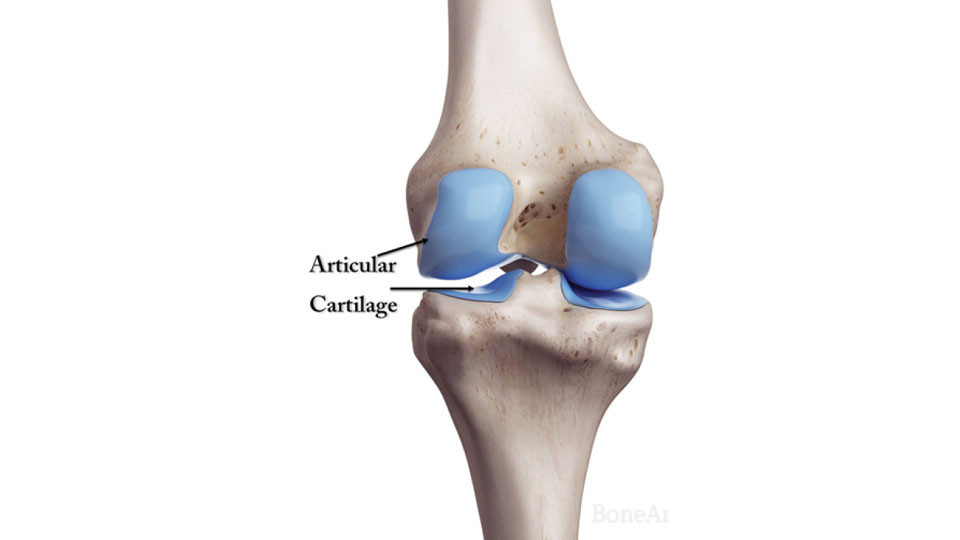Understanding, Preventing and Treating Damage
By Dr. Umesha Chowdaiah, Consultant Orthopaedics, Narayana Hospital, Mysuru
As an Orthopaedic doctor, I often find myself emphasising the crucial role that cartilage plays in our joint health. While it may not be in the spotlight like bones or muscles, cartilage is the unsung hero that enables smooth movement and flexibility in our joints.
Cartilage plays a crucial role in supporting our movements and maintaining joint health. Let us explore deeper into the world of cartilage — its functions, vulnerabilities and the pathways to recovery.
Understanding Cartilage
Cartilage serves various functions in human body, acting as a cushion between joints, holding bones together and forming integral parts like the external ears. Remarkably, in children, it composes the ends of long bones, transitioning into bone over time. However, unlike other tissues, cartilage lacks a blood supply, making its healing process slower than that of other tissues.
Types of Cartilage
There are three main types of cartilage:
1. Elastic Cartilage: Found in the ears and some parts of the nose, it is the most springy and supple type.
2. Fibro Cartilage: Tough and able to withstand heavy weights, it resides between spinal discs, vertebrae and bones of the hip and pelvis.
3. Hyaline Cartilage: Springy, tough and elastic, it is present between ribs, around the windpipe and in joint spaces.
All three types are susceptible to damage, whether from a slipped disk or a hard impact on the ear.

Articular Cartilage Damage
When cartilage in a joint is damaged, it leads to articular cartilage damage, causing severe pain, inflammation and limitations in movement. Knee pain is particularly common, affecting one-third of adults aged over 45.
Symptoms and Causes
Patients with articular cartilage damage may experience inflammation, stiffness and range limitations. Causes include direct blows, wear and tear and lack of movement. High-impact sports and prolonged stress on joints contribute to the risk of damage.
Diagnosis
Distinguishing cartilage damage from other injuries can be challenging, but modern tests such as Magnetic Resonance Imaging (MRI) and Arthroscopy aid in accurate diagnosis.
Treatment Options
1. Conservative Treatment: Non-surgical approaches, including exercises, NSAIDs, supplements and orthobiologics, may suffice for some patients.
2. Surgery: When conservative methods fall short, surgical interventions like debridement, marrow stimulation, mosaicplasty and autologous chondrocyte implantation may be considered based on factors like age, activity level and lesion size.
Complications
Untreated cartilage damage can lead to joint immobility and worsening pain, with small defects progressing to osteoarthritis over time.
Exercises
A physical therapist can recommend exercises to strengthen muscles around the joint, reducing pressure on damaged areas. While exercise offers various benefits, it may not lead to cartilage regeneration.
In conclusion, understanding the intricacies of cartilage empowers us to safeguard our joints. By adopting preventive measures, seeking early diagnosis and exploring appropriate treatments, we can navigate the maze of cartilage and pave the way to joint longevity.








Recent Comments